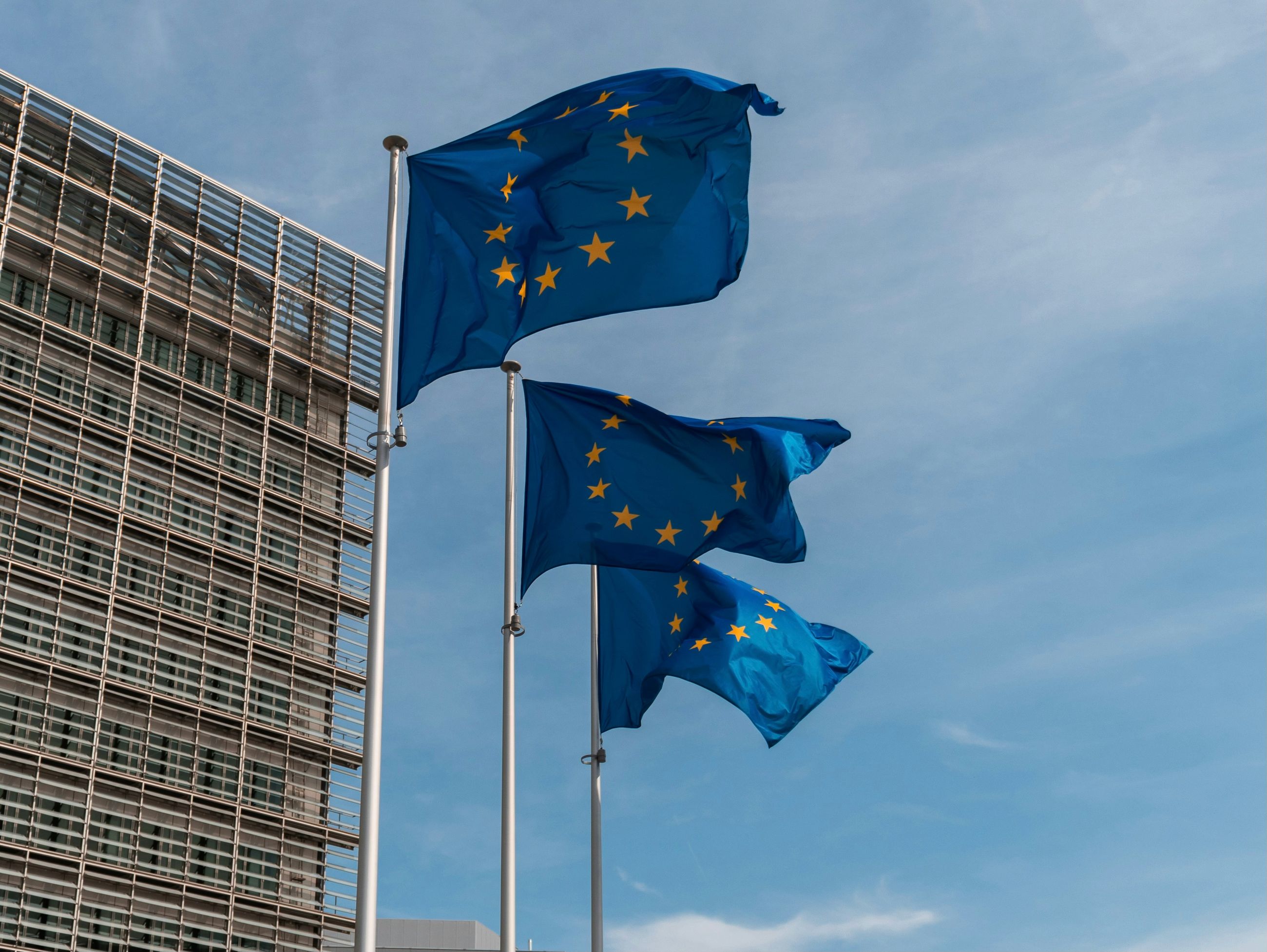European Supervisors Warn Financial Institutions to Keep Their Guard Up Amid Rising Risks
Key Takeaways
- Heightened Risks: The ESAs warn that global trade tensions, sanctions, and geopolitical instability worsened the EU’s economic outlook in early 2025.
- Resilient but Vulnerable: Banks, insurers, pension funds, and market infrastructure remain stable with solid profits, capital, and liquidity buffers.
- Geopolitics as Daily Risk: Supervisors urge firms to integrate geopolitical risk into routine risk management, not treat it as an outlier.
- Cybersecurity Focus: With DORA in force, firms must test resilience, manage third-party risks, and prepare for AI-driven threats.
- Crypto Connections: Traditional finance and digital assets are becoming more intertwined and contagion risk is still limited but growing.
- Retail Investor Protections: Supervisors stress clear communication on risks and liquidity for alternative investments marketed to households.
Deep Dive
In their Autumn 2025 Joint Committee Report, the European Supervisory Authorities (the EBA, EIOPA and ESMA) describe a financial sector that remains resilient on paper, yet increasingly exposed to forces beyond its control. The warning is not about a brewing crisis so much as a reminder that shocks are arriving faster and hitting harder, from trade wars to cyber strikes.
The first half of 2025 underscored the point. Global trade tensions flared, geopolitical rivalries deepened, and the economic outlook dimmed. Even the modest relief from a preliminary US–EU trade agreement did little to offset the drag from tariffs, sanctions and unsettled commodity markets.
So far, Europe’s banks and insurers have weathered the storm. Profits are solid, capital buffers thick, and liquidity broadly intact. Pension funds remain funded and the pipes of market infrastructure have not clogged. But the supervisors are clear: resilience today does not guarantee resilience tomorrow. Institutions are urged to embed geopolitical risk into everyday decision-making, not treat it as an occasional “black swan.”
Cybersecurity looms especially large. With the EU’s Digital Operational Resilience Act (DORA) now in effect, firms are expected to move quickly from policy to practice, testing systems, probing third-party exposures, and preparing for threats that evolve with AI as much as they defend against it.
The report also highlights the growing entanglement between mainstream finance and digital assets. Contagion risks look limited for now, but the lines are blurring. Supervisors want close monitoring and honest disclosure, particularly as retail investors are lured toward illiquid alternatives.
Europe’s financial system is not in immediate danger, but complacency would be a mistake. Capital cushions, liquidity drills, and cyber resilience are no longer just best practices, they are the price of staying steady in an era where geopolitics, technology, and markets collide with little warning.
The GRC Report is your premier destination for the latest in governance, risk, and compliance news. As your reliable source for comprehensive coverage, we ensure you stay informed and ready to navigate the dynamic landscape of GRC. Beyond being a news source, the GRC Report represents a thriving community of professionals who, like you, are dedicated to GRC excellence. Explore our insightful articles and breaking news, and actively participate in the conversation to enhance your GRC journey.
Sponsored by






.svg)

.svg)